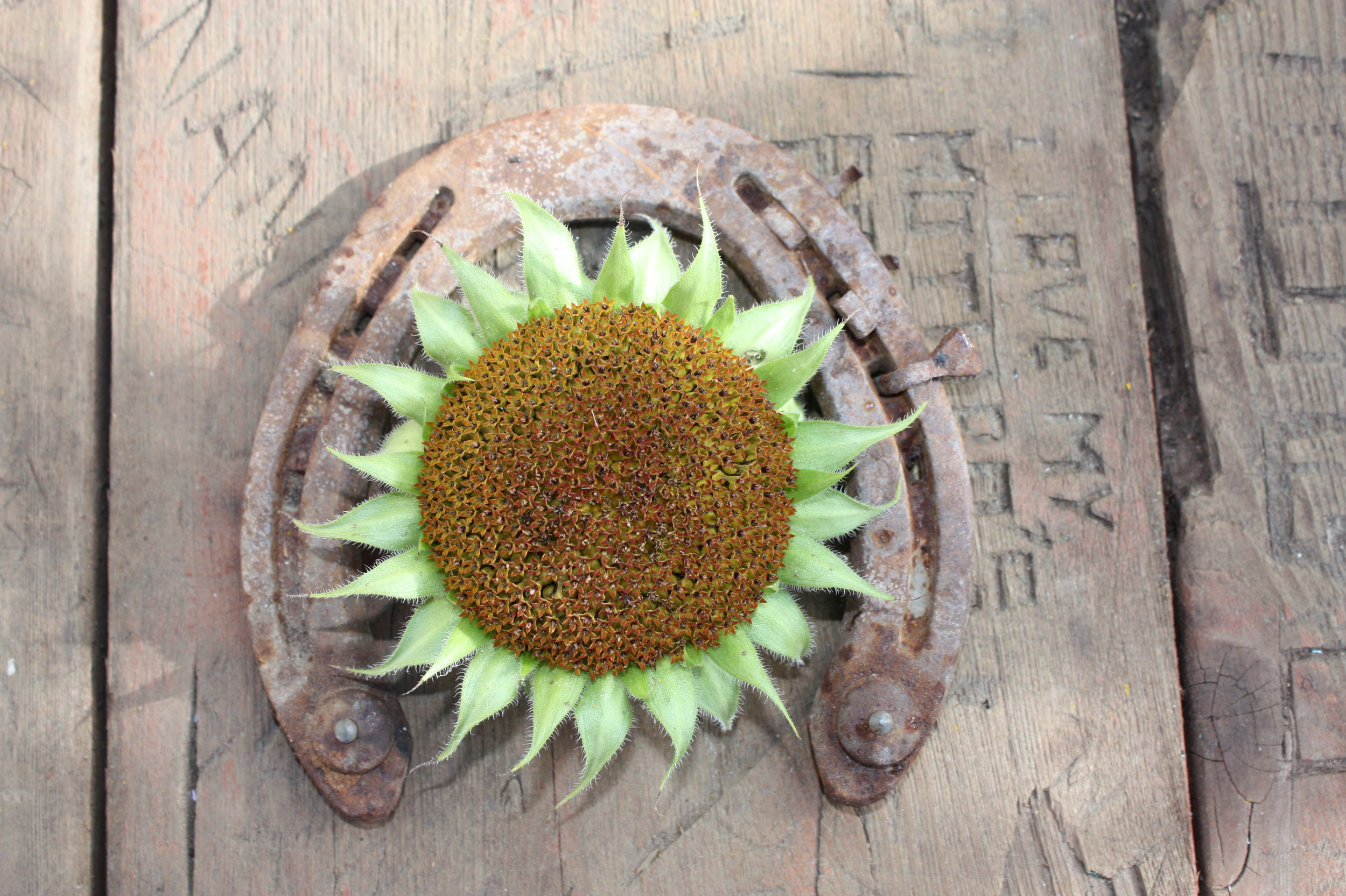There were rakes, seed planters, tillers, plows, wheels, a bit of everything from different decades. As much as I enjoyed sorting through these old treasures, I had my eye out for large flat rusted pieces of metal, which I found in abundance. The old barn had been sided with sheets that were originally oil drums that were cut and flattened. There were several access panels from old combines and machines, and pieces of windmills. I was fascinated with each thing I found, wondering about it's history. Who used it? What was life like then?
Not much was thrown away on either farm. What wasn’t re-purposed was dumped over the side of a ravine, and there are a couple of these dumps on the properites. Sheets of half-buried metal from roofs and old farm equipment abound, each in a different state of rust and decay. I’ve found some old metal that was probably used as a ceiling in the original farmhouse, with the square designs pressed in relief and most of the paint gone.








